The 2017 Good Gift Games
Our resident board-game expert picks the best new games released this year.
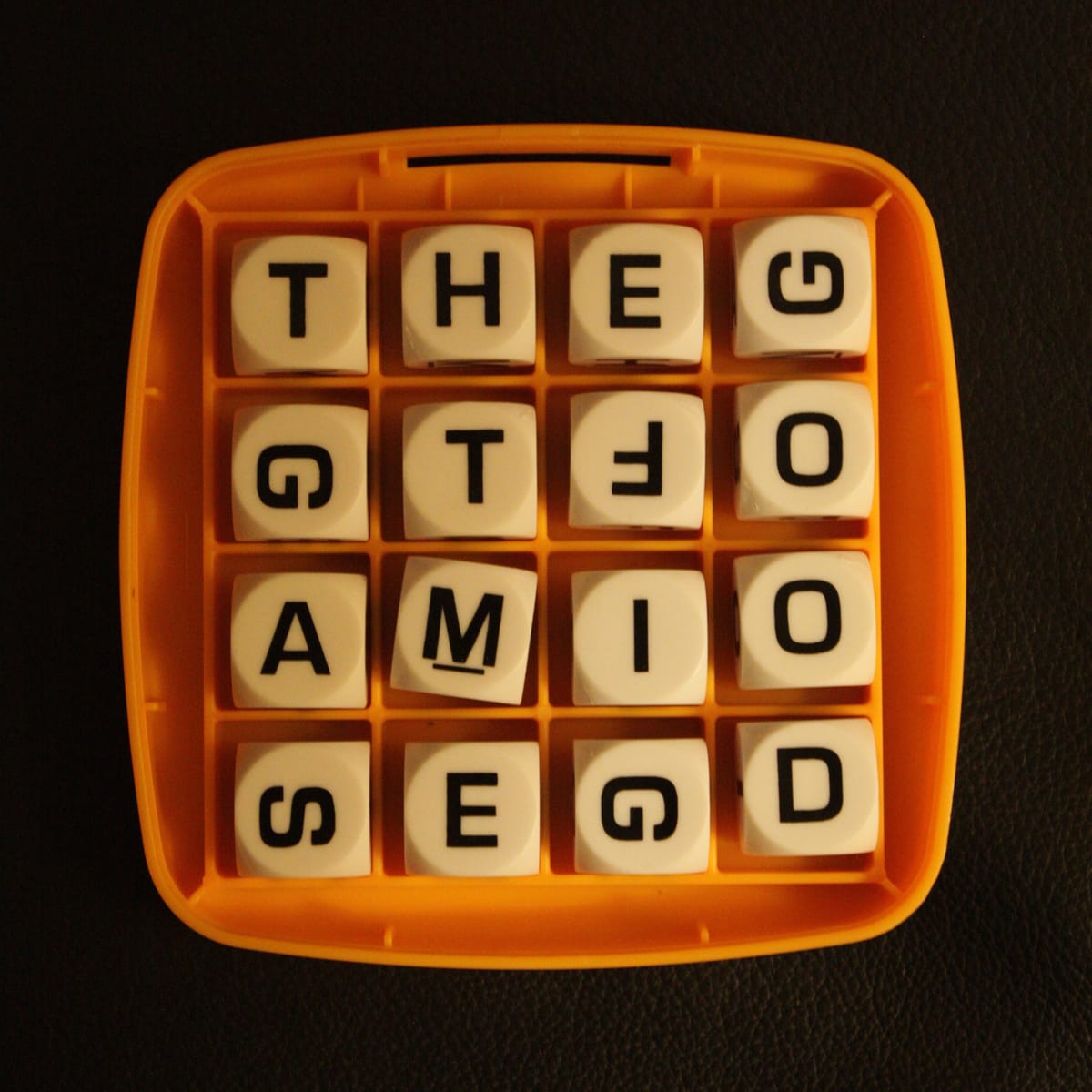
What are the hallmarks of a truly great gift? Number one: not a yam hastily wrapped in a CVS coupon flier addressed to “Resident.” Number two: prompts the recipient, upon opening, to look slightly puzzled and say, “What is this, some kind of board game?” Experts are divided on exactly which presents best fit these criteria, but “board games” may well be in the running.
But which board games to get? You could appeal to nostalgia and give someone a game they loved as a child. Alas, many of these too closely resemble yams in terms of entertainment value.
Another option would be to choose from the thousands of contemporary board games that are released every year. The trick here is to find a game that is fun and engrossing, but simple enough that that the recipient can figure out how to play it on their own. (Which isn’t to say that you shouldn’t offer to teach it. Indeed, learning a game, giving a copy to a friend or relative, and then playing the gift you gave someone else is one of the greatest swindles of the modern age. Victimless crime!)
And so my annual Good Gift Games guide, shining a spotlight on recent games that make excellent gifts for others. Anyone on your list would be slightly puzzled to receive one of these…and enormously grateful shortly thereafter.
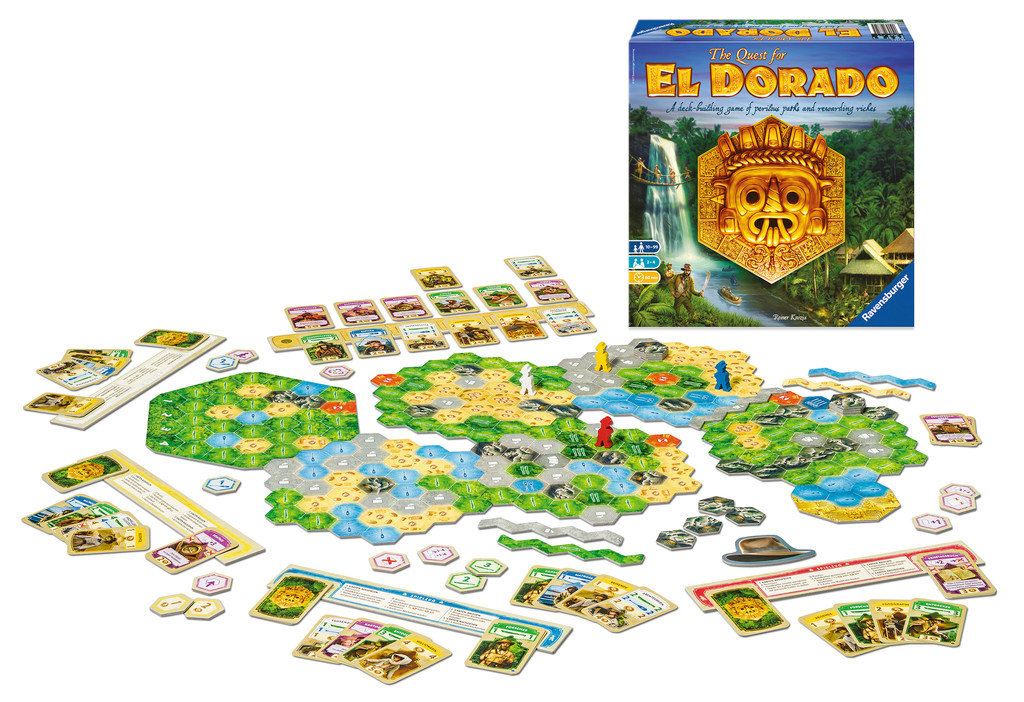
The Quest for El Dorado
Back in Ye Olde Twentieth Century, when I first started writing these guides, there were like four board game designers. Of them, the most prominent was Reiner Knizia, a charming gent with a knack for creating exquisitely elegant games. Knizia’s productivity has declined over the years but, as The Quest for El Dorado amply illustrates, his quality has not. In this light family game, adventurers must race from one end of a serpentine map to the doorstep of the legendary lost city, traversing jungle, camps, and lakes as they go. Each player starts with a deck of cards to help them on their journey—Explorer Cards enable players to move through forest spaces, Sailor Cards allow for water movement, and so on—but these same cards can instead be used to purchase better, more powerful cards. You can’t win without moving, but you also can’t win without upgrading your deck, and the tension between the two makes for some agonizing choices. El Dorado is not only an ingenious design, it’s also the most fun I’ve had with a game all year.
Designer: Reiner Knizia
Publisher: Ravensburger
Players: 2–4
Time: 60 minutes
Genre: Race
The Fox in the Forest
“Two-player trick-taking game” sounds like an impossibility, like “perpetual motion machine” or “hilarious improv troupe.” But Foxtrot Games somehow squares this circle with The Fox in the Forest. As in classic trick-taking games such as Hearts and Whist, one player leads with a card, others follow with a card of the same suit if possible, and whoever plays the highest card claims the trick. Designer Joshua Buergel adds a few twists to this formula to tailor the game for two. First, not all of the cards are dealt out, so you can’t deduct exactly what your opponent is holding. Second, the odd-numbered cards all have special effects when played, allowing you to change the trump suit, steal the lead, or force the other player to play a specific card. Finally—and most diabolically—players score the maximum number of points by collecting very few tricks (“Humility”) or almost every trick (“Victory”), but score nothing whatsoever for collecting every trick (“Greed”). The key to winning, therefore, is often losing, just when your opponent least expects it.
Designer: Joshua Buergel
Publisher: Foxtrot Games
Players: 2
Time: 30 minutes
Genre: Trick-taking, two-player, stocking stuffer
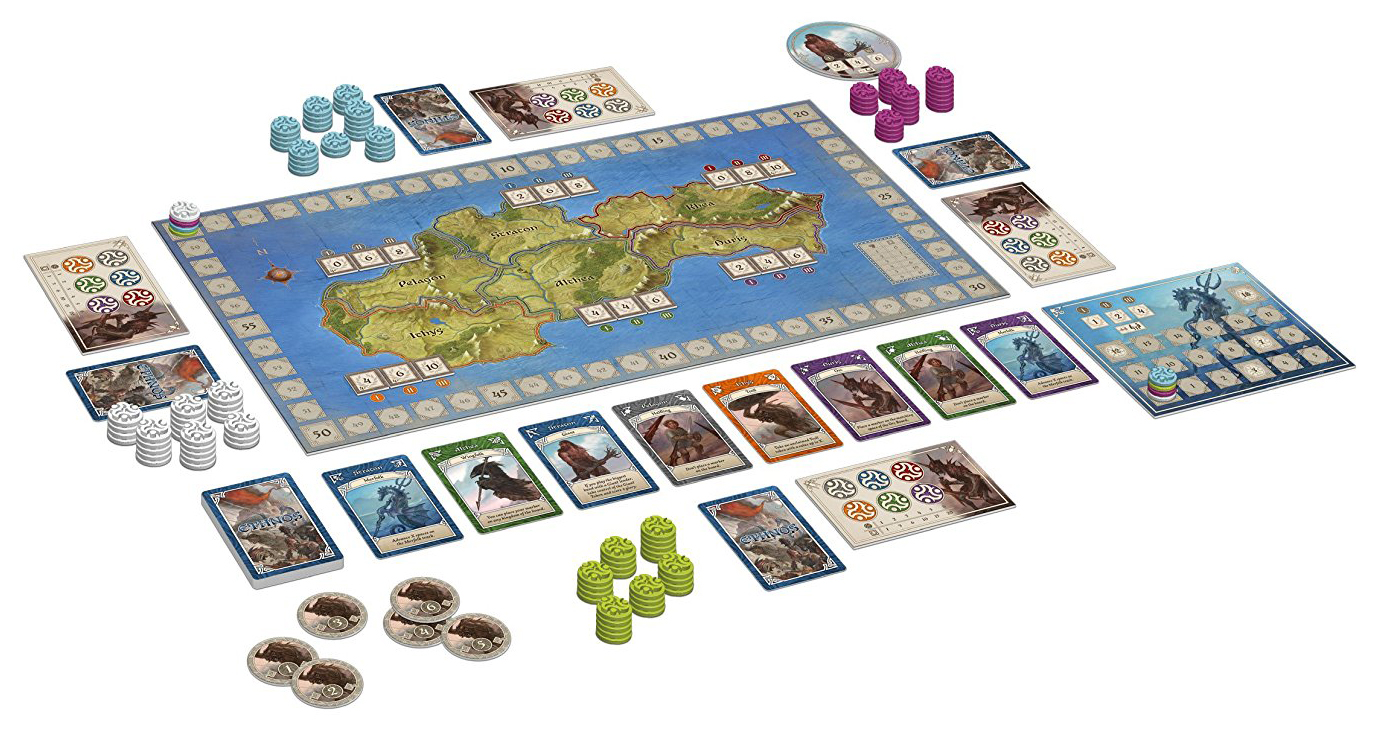
Ethnos
Judging from the art on the box, the goal of Ethnos is to wantonly slaughter your enemies on a dark and blood-slicked battlefield. In reality, you are…playing rummy, essentially. Which isn’t to say things don’t get tense. Each card in the deck has both a color (which corresponds to one of the six territories on the board) and the name of one of the six fantasy tribes in the game. On a turn a player either takes a card into their hand, or plays a set of cards of either all the same color or all the same tribe. In either case, they will place a control marker onto the board; at the end of each of the three ages into which the game is divided, points are awarded based on who has the most markers in each territory. That alone would make for a solid, if somewhat predictable, game. But Ethnos livens things up by giving each of the tribes a special power. Centaurs allow you to play two sets of cards on your turn instead of just one. Wizards summon more cards into your hand. Halflings refuse to fight, but there are twice as many of them to collect. And, better still, the six tribes used in a game are randomly selected from a total of 12, making every play a unique experience.
Designer: Paolo Mori
Publisher: CMON Games
Players: 3–6
Time: 60 minutes
Genre: Family strategy
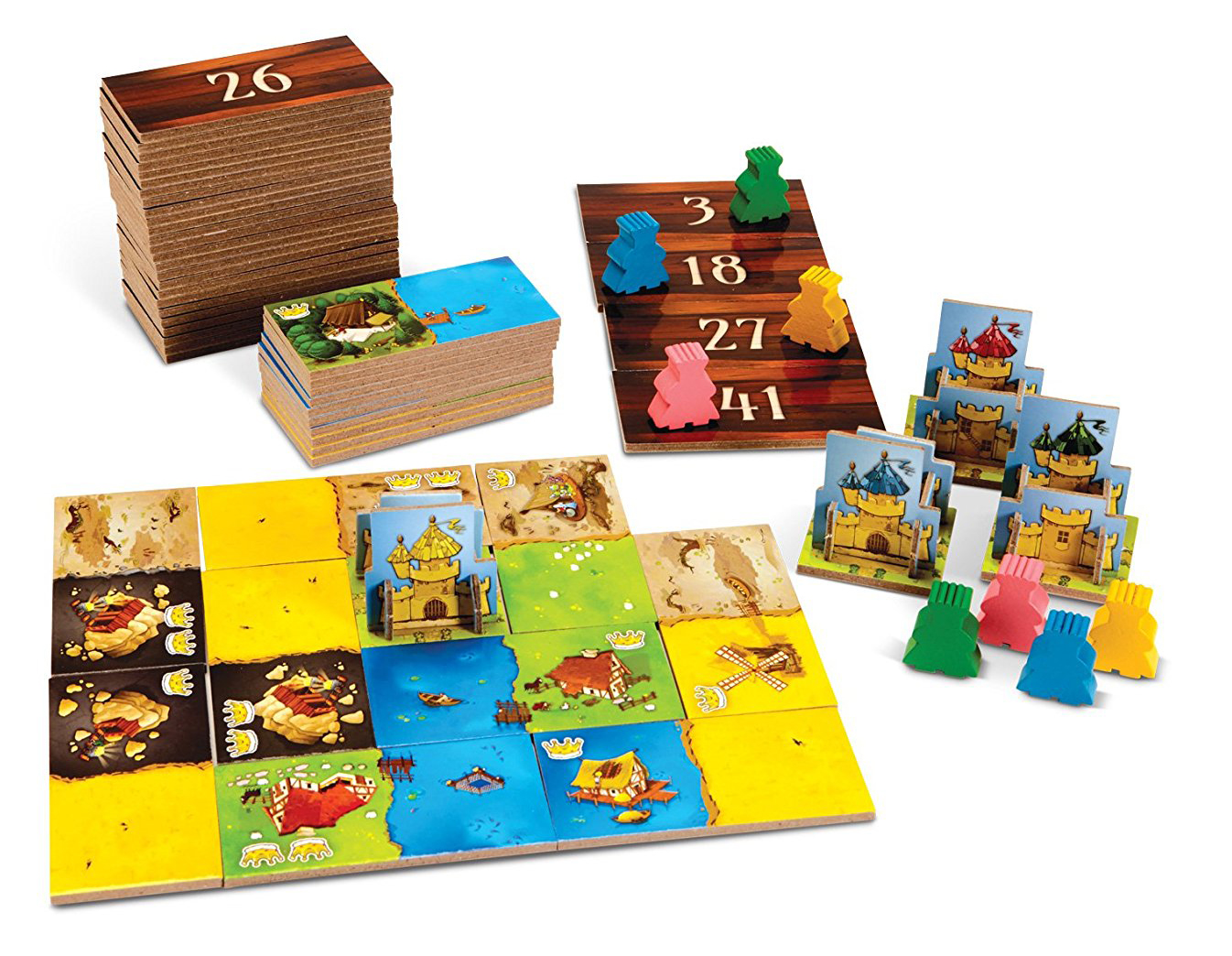
Kingdomino
Kingdomino won the 2017 Game of the Year award, and it only takes 15 minutes—the length of an entire game—to see why. Players start with a single one-by-one square homeland, and seek to expand to a five-by-five kingdom. They do so by adding dominos—each of which shows a terrain type on each end—to their realm. As in classic dominos, players must match the new addition to their existing tableau, joining forests to forests, fields to fields, and so forth. This continues until each player has taken 12 dominos, at which point they have a perfect five-by-five square…or a riven landscape riddled with gaps. Kingdomino has a perfect balance of luck and skill for families, but if you prefer a thumb on the skill side of that scale, check out the sequel Queendomino, a standalone game that adds some regal economics to the above system.
Designer: Bruno Cathala
Publisher: Blue Orange Games
Players: 2–4
Time: 15 minutes
Genre: Tile-laying
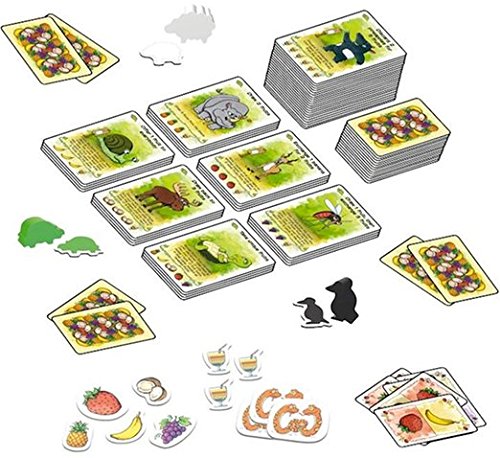
Fabled Fruit
Fabled Fruit starts as a very—one might even say overly—simple game. Before play, a number of tarot-sized Location Cards are placed onto the the table, face up. On a turn, a player moves their piece to a Location and takes the associated action—e.g., draw two Fruit Cards from the deck, give another player a banana Fruit Card and receive two Fruit Cards in return, or whatever. Alternatively, a player can move to a Location, play the set of Fruit Cards shown on the bottom (two coconuts, two grapes, and a pineapple, for instance), and claim the Location Card as a point, after which a new Location Card is dealt onto the table from the deck. The fascinating thing about Fabled Fruit is that the Location deck contains approximately 30 times more cards than you could ever get through in a single game, and they are presorted in a specific order, with the simplest cards on the top, and the more complicated and subtle cards further into the deck. This deck is never shuffled, and the state of the deck carries from one game to the next. The first time you play, you may see the initial eight locations; the next time you play you start with the locations you ended the last game with, and may work through an additional four. In other words, Fabled Fruit evolves not over the course of a single playing, but from the first time you play the game to the last. This is a great game for a family, or any group of players who will always be playing together and can jointly experience the trajectory of the experience.
Designer: Friedemann Friese
Publisher: Stronghold Games
Players: 2–5 (ideally the same 2–5 each time)
Time: 20 minutes (or months, depending on how you view it)
Genre: Card
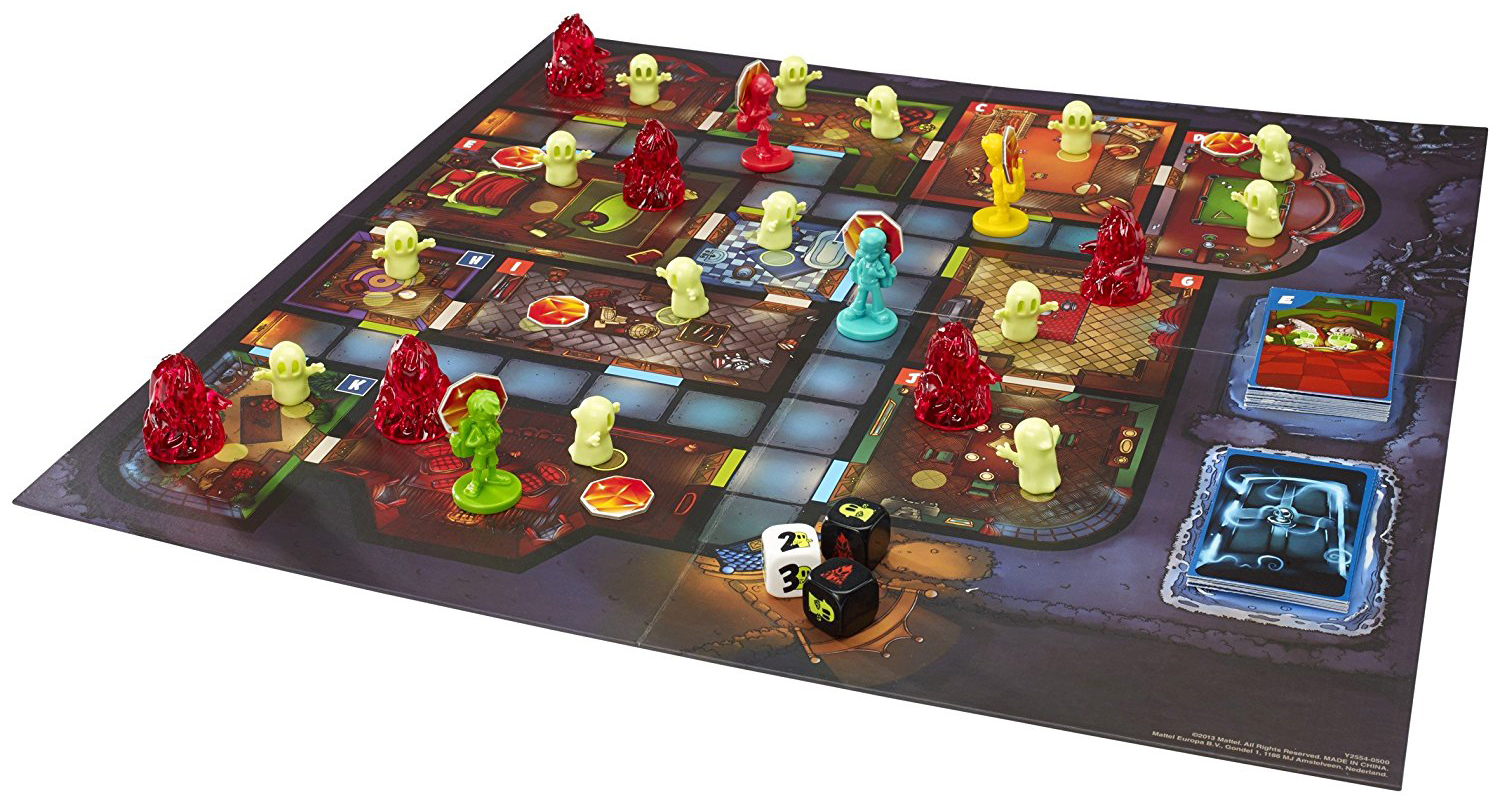
Ghost Fightin’ Treasure Hunters
Here’s the thing with kids’ games: They’re dumb. Like, 97 percent of them, anyway. I mean The Game of Life accurately captures the pointlessness of real life, but beyond that there’s not much to recommend it. To be fair, it’s not easy to create a system that allows children and adults to compete on a level(ed) playing field, but also holds everyone’s interest. Thankfully, designer Brian Yu slices this gordian knot in twain with Ghost Fightin’ Treasure Hunters, a cooperative game where everyone plays with the common goal of looting a haunted house. Players charge down hallways and through doors, searching for the eight jewels hidden within, all while more and more ghosts pop up in the various rooms. On the one hand you can ignore the ghosts, but when they hit critical mass you collectively lose the game; on the other, bustin’ makes you feel good, but at best will only slow the infestation. Striking a balance between ghost fightin’ and treasure hunting thus becomes the main collaborative element of the game, and makes for some lively discussions between kids and adults.
Designer: Brian Yu
Publisher: Mattel
Players: 2–4
Time: 30 minutes
Genre: Kids, cooperative
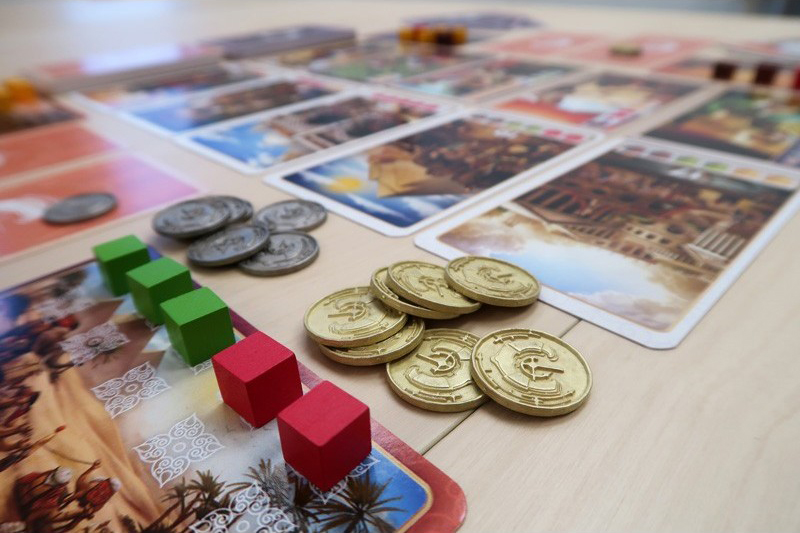
Century: Spice Road
There are four spices: turmeric, saffron, cardamom, and cinnamon. There are traders, who will exchange some spices for others. And there are Point Cards, which require spices to acquire. Players begin by establishing relationships with key traders, and then use them to convert the spices they own into those they need; a crafty player will forge alliances that allow them to chain transactions, visiting a trader who gives two saffron for two cardamom, say, and then another who offers two cardamom and a cinnamon for those two saffron, and then back to the first to start the cycle anew, banking the “free” cinnamon as they go. Build the most efficient network, and secure victory in Spice Road, the first of a planned trilogy of games that looks at trading through the centuries.
Designer: Emerson Matsuuchi
Publisher: Plan B Games
Players: 2–5
Time: 30 minutes
Genre: Card
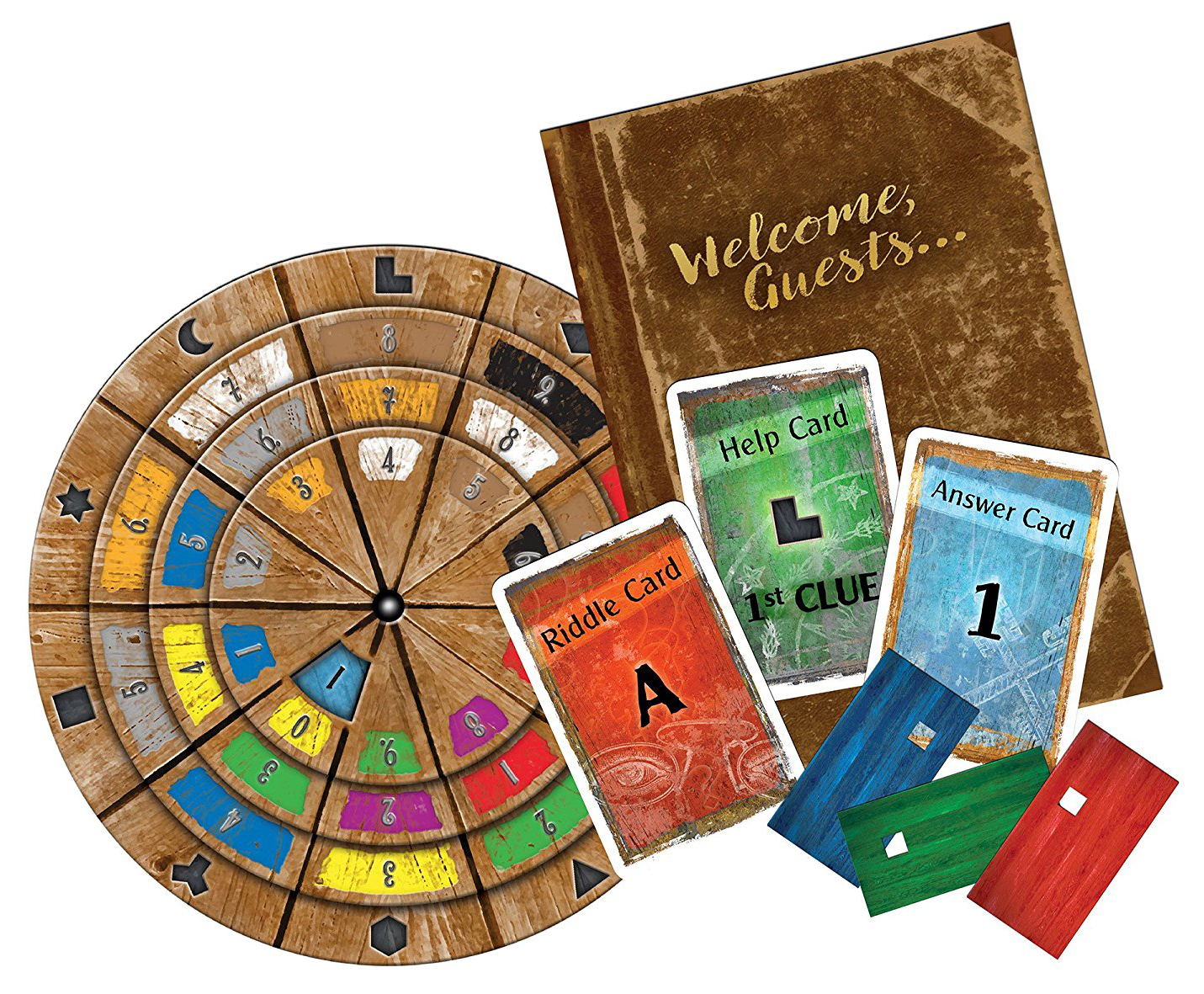
EXIT: The Abandoned Cabin
There’s no shortage of board games based on video games, but it’s rare for them to make a stopover in The Real World along the way. But that’s what appears to have happened with room escape games, which started as digital puzzles you’d play in your browser instead of doing your job, became Actual Physical Places where you and seven friends drink cider and struggle to solve cryptograms, and now have taken over tabletop in the form of boxed Room Escape kits. Of the various offerings (and there are suddenly a lot), three brands stand out: the Unlock! games, which rely on a companion app; Escape Room: The Game, which comes with a whiz-bang electronic device called [cue reverb] “The Chrono Decoder”; and the EXIT series, which is 100 percent analog and the best of the lot, in my opinion. EXIT: The Abandoned Cabin, for instance, recreates the entire room escape experience with little more than a slim book of enigmas, several decks of cards, and a curious cardboard wheel that players use to validate their solutions. Inka and Markus Brand, the wife and husband team that designed all of the entries in the EXIT series, are adroit at crafting puzzles that are both clever and fair. And although the games can leave you mentally taxed, the thrill of the escape cannot be overstated.
Designer: Inka & Markus Brand
Publisher: KOSMOS Games
Players: 1–4
Time: 60-90 minutes
Genre: Puzzle, stocking stuffer
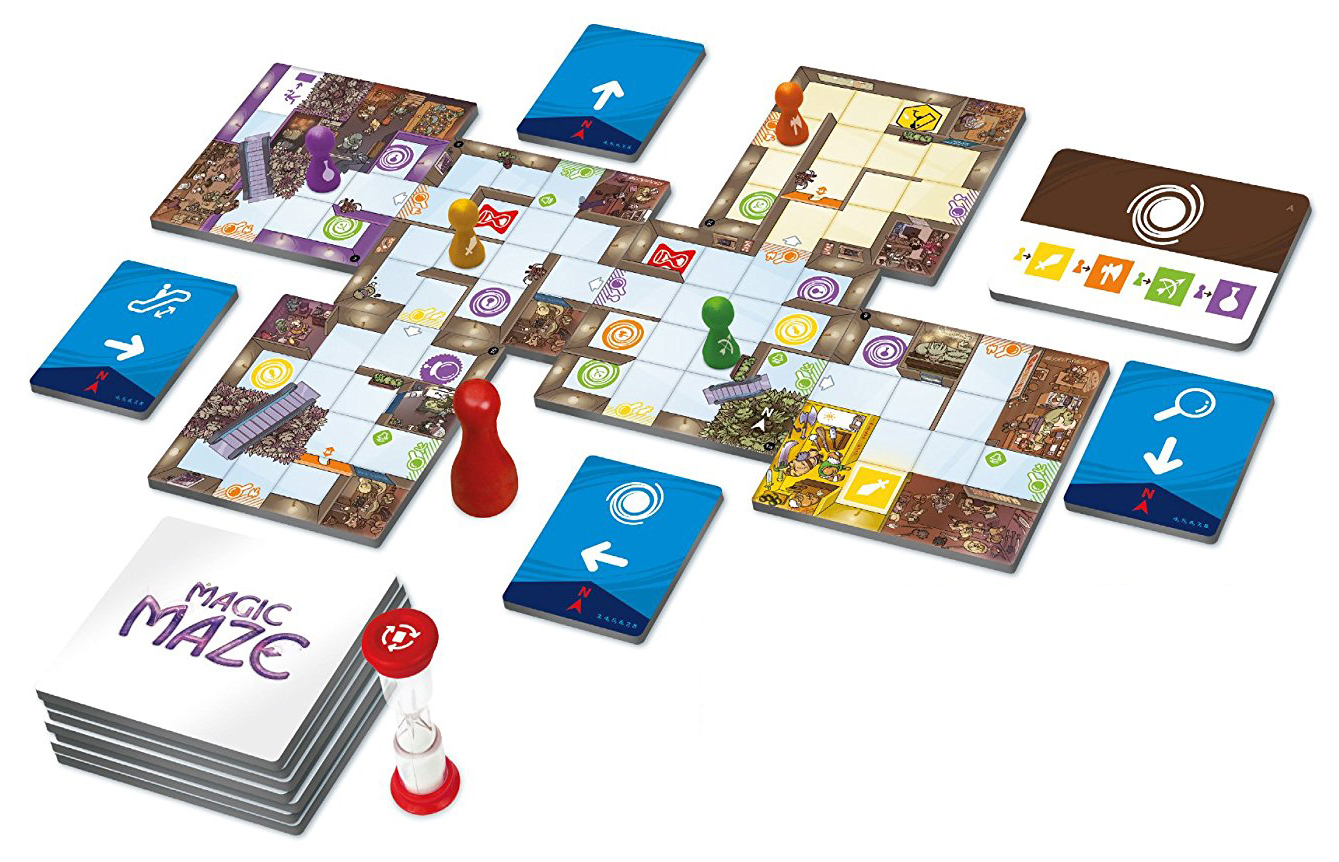
Magic Maze
“Everyone I have introduced this game to loves it!” That is a statement that I: A) often use when recommending a game; and B) can in no way apply to Magic Maze. In fact, several people to whom I have introduced Magic Maze loathe it. But then, a frantic, real-time cooperative game in which players must make collaborative decisions without speaking to one another ain’t for everyone. An elf, a dwarf, a wizard, and a barbarian walk into a mall (stop me if you’ve heard this one), and seek to steal the items they need to equip their party. The trick of the game is that no single player controls any given pawn—instead, one player controls “go north” while another is in charge of “go east”, only one can move the pawns through doors, and a fourth is in charge of moving them up and down escalators. Without communicating (except in very constrained circumstances), the players must cooperatively move the four pawns to a series of designated locations on an ever-evolving map, all while a three-minute timer ticks down the seconds until Paul Blart shows up and nabs the lot for shoplifting.
Designer: Kasper Lapp
Publisher: Sit Down! Games
Players: 2–7
Time: 10 minutes
Genre: Cooperative, real-time
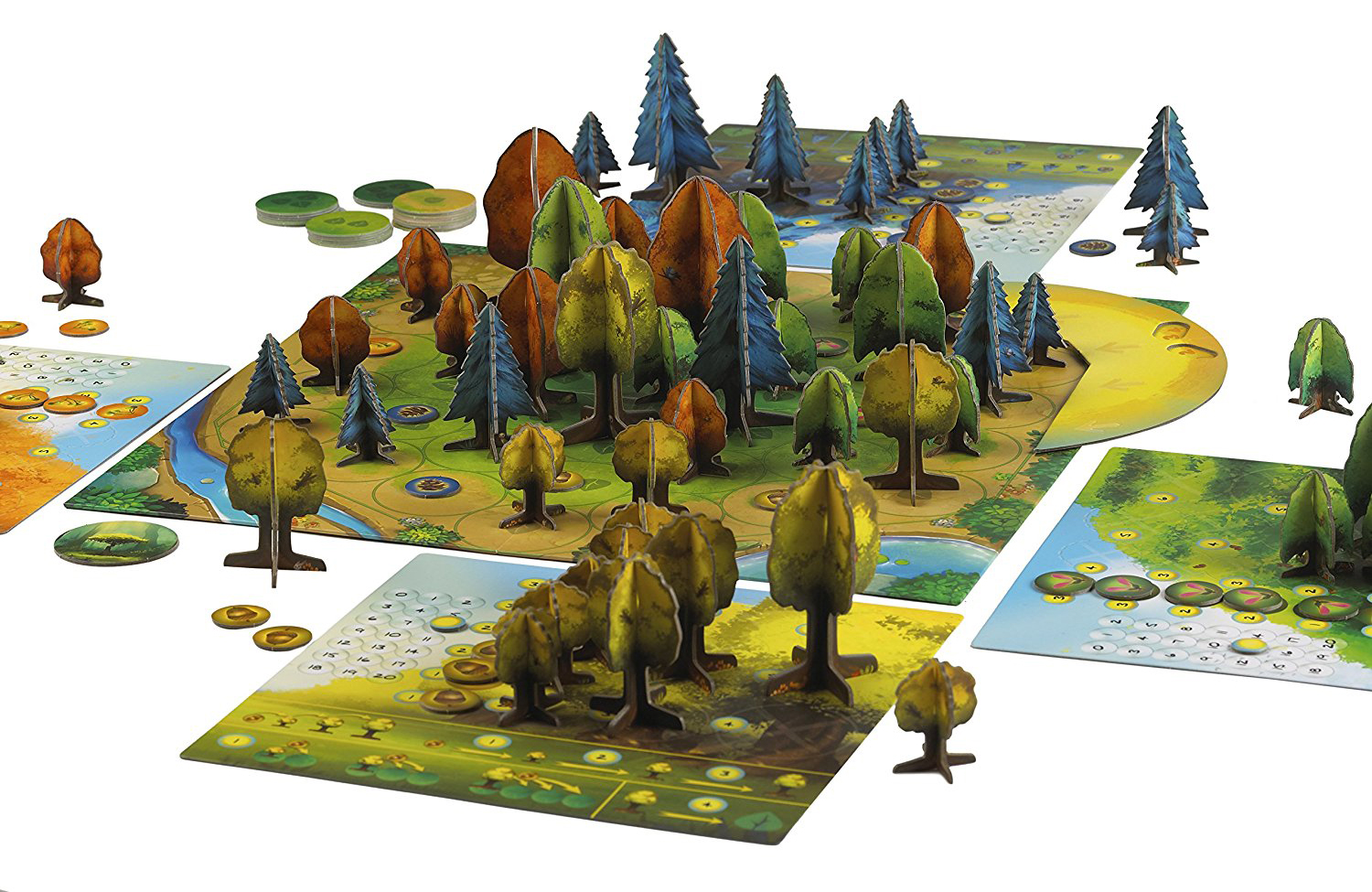
Photosynthesis
“Abstract” and “well-themed” are typically antonyms when it comes to board game descriptors, but both apply to the gorgeous Photosynthesis. Players sow seeds onto the communal board, and then shephard their species from seedling to sapling to tree. The bigger the tree, the more Light Points (the game’s currency) it harnesses from the sun, and the longer the shadow it casts, starving the smaller trees behind it. Players can remove their largest trees from the board to score points, but doing so reduces their income and allows nearby trees to thrive. While decidedly abstract (there is no luck in the game, and skillful play centers around strategic positioning), the rules flow so intuitively from the premise that you will feel like a master arborist, or Gaia Herself.
Designer: Hjalmar Hach
Publisher: Blue Orange Games
Players: 2–4
Time: 45 minutes
Genre: Abstract
